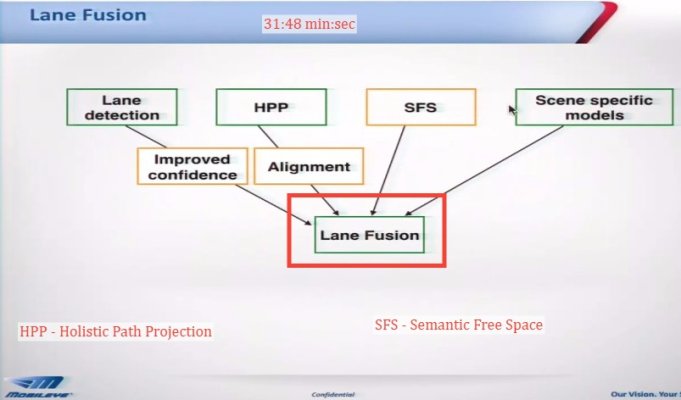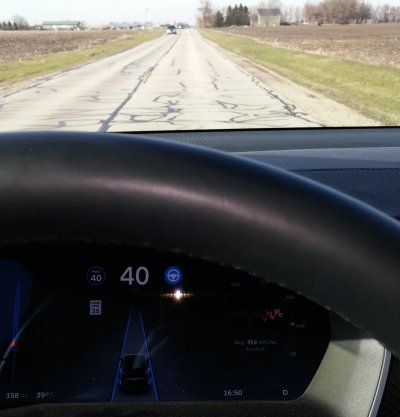Rustic23
Thinks s/he gets paid by the post
Earlier post commented on aircraft autopilot. I flew the F-111. This was the earlyaircraft with auto terrain following radar. After takeoff we would climb to 20,000 ft, check out the system, and then engage the TFR. It would nose over and head for the deck. Passing through 10,000 ft it would increase it pitch down as the ground radar kicked in. It would level off at 200 ft, 480 kts, and bounce around on course. In the day, not bad, at night no moon, sporty!
This system was triple redundant, except for the actual radar units, there were two of these in the nose of the A/C. Three computers took the same inputs from both radars, compared them. A mismatch would cause an automatic two g pullup.
It would be interesting to see what kind of backup and cross checking the auto delfdrive systems use.
This system was triple redundant, except for the actual radar units, there were two of these in the nose of the A/C. Three computers took the same inputs from both radars, compared them. A mismatch would cause an automatic two g pullup.
It would be interesting to see what kind of backup and cross checking the auto delfdrive systems use.


